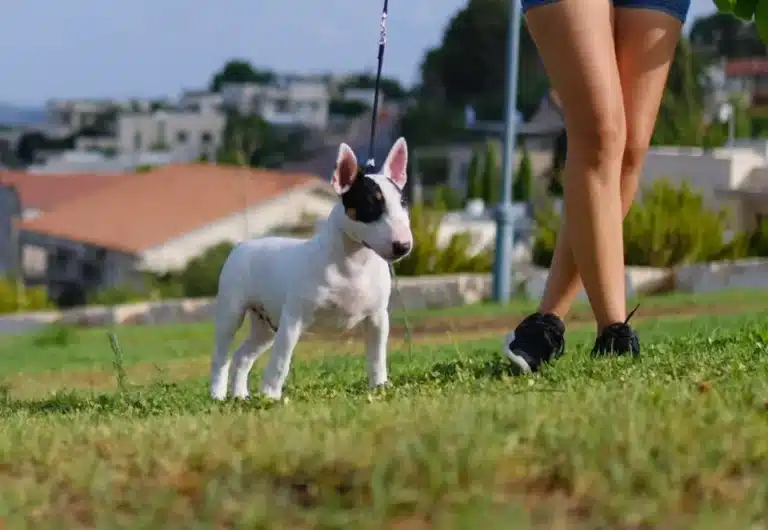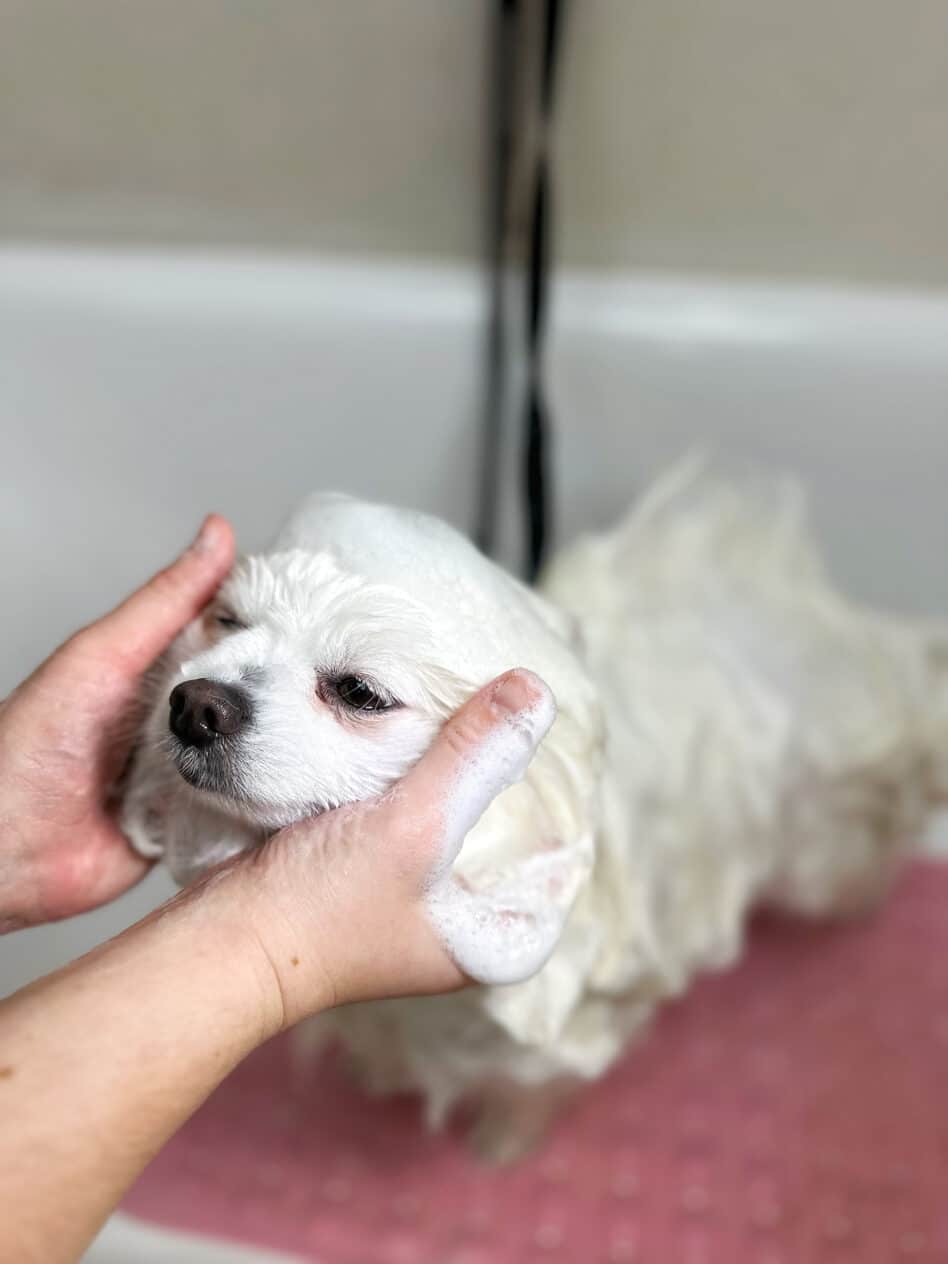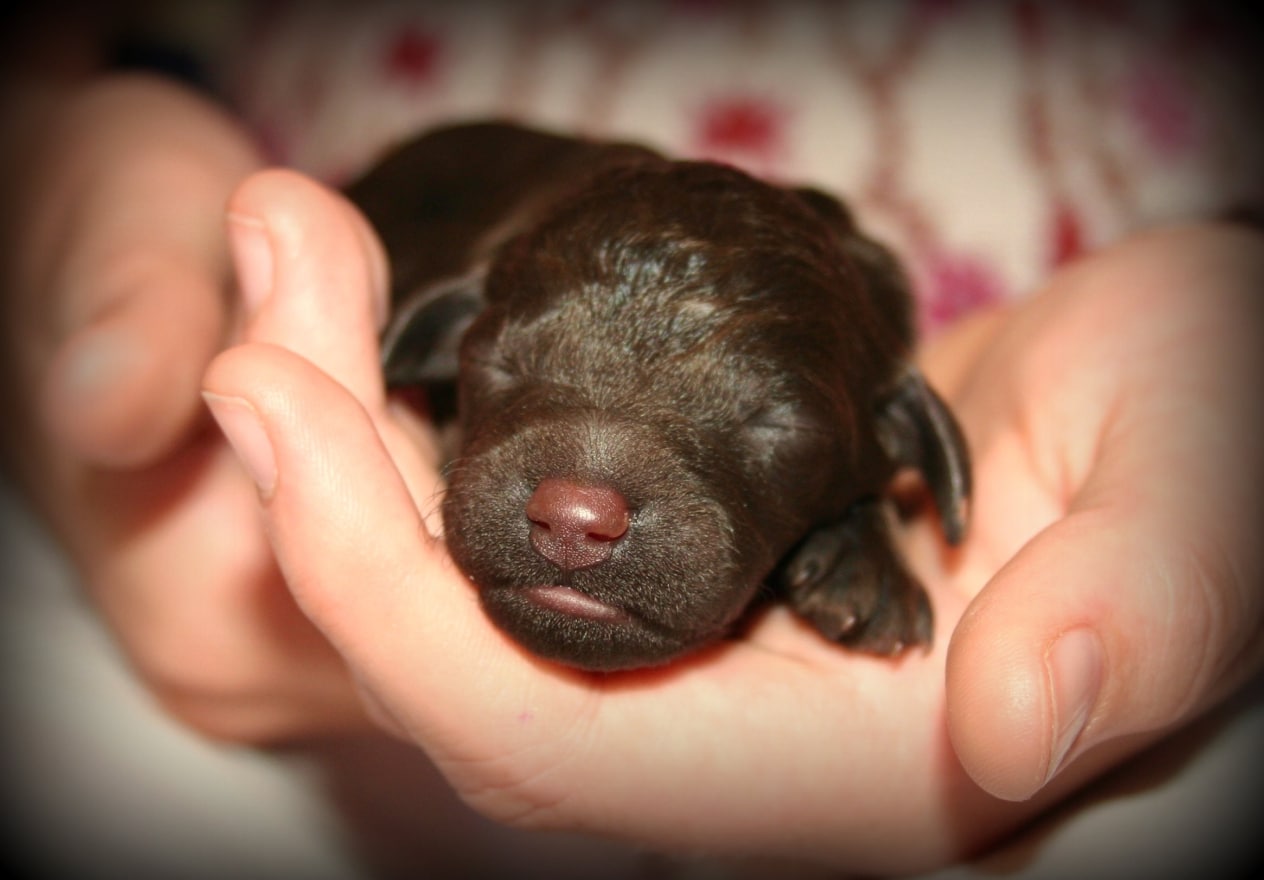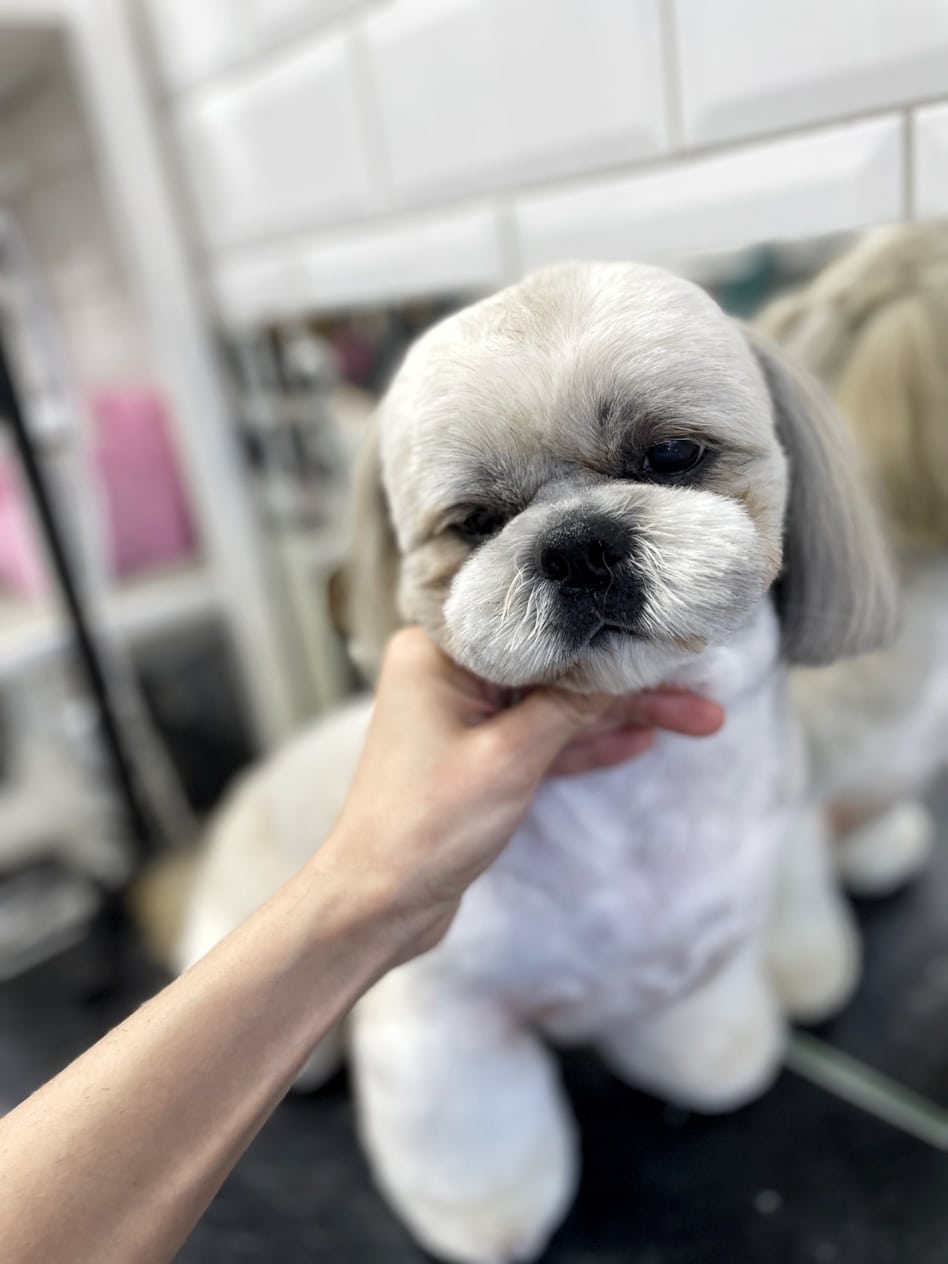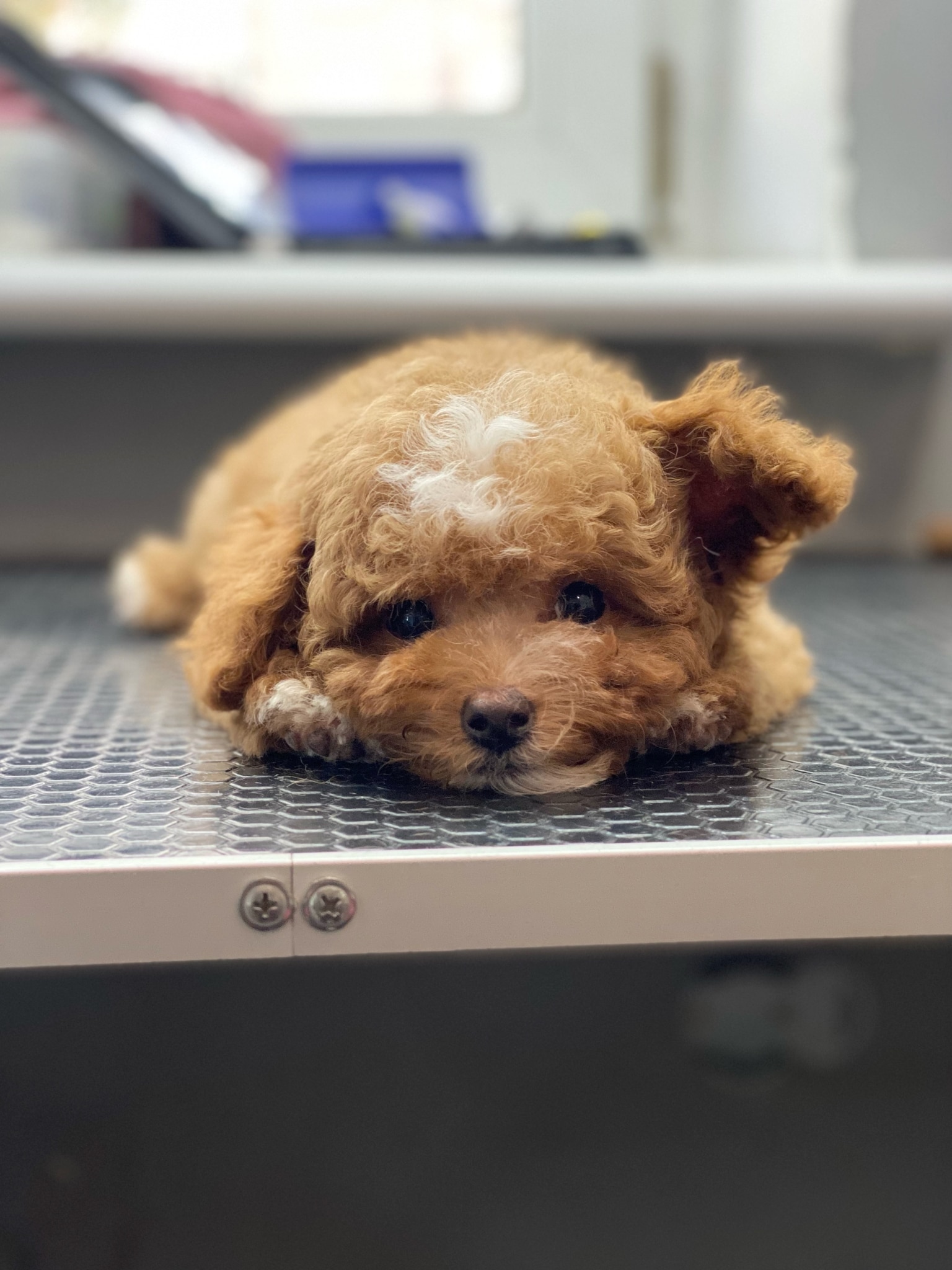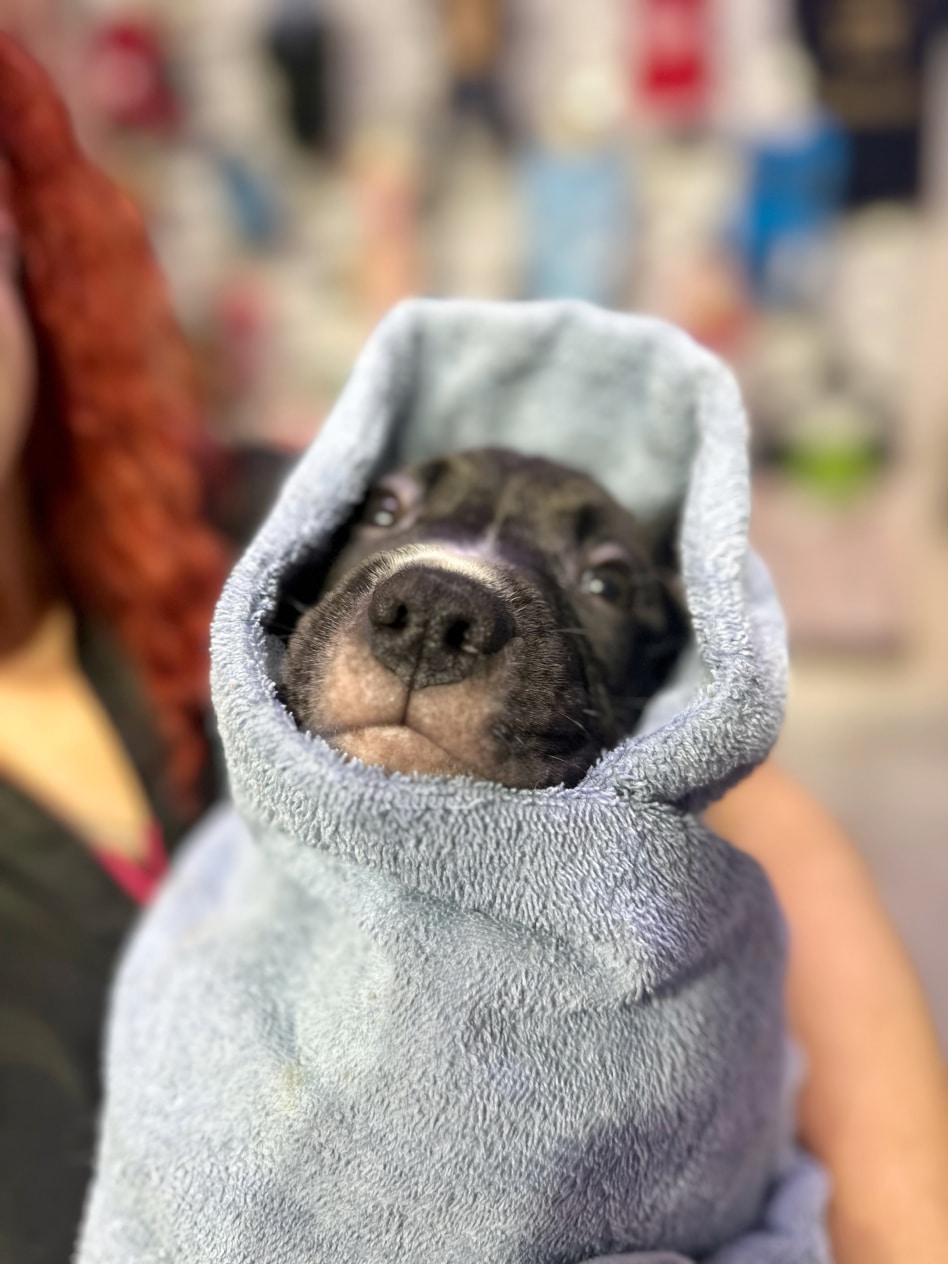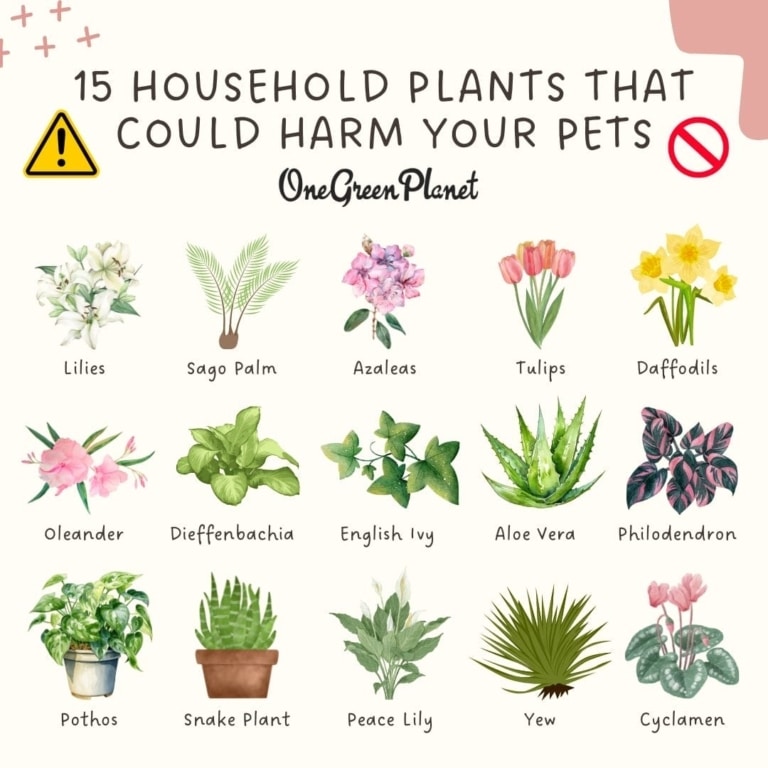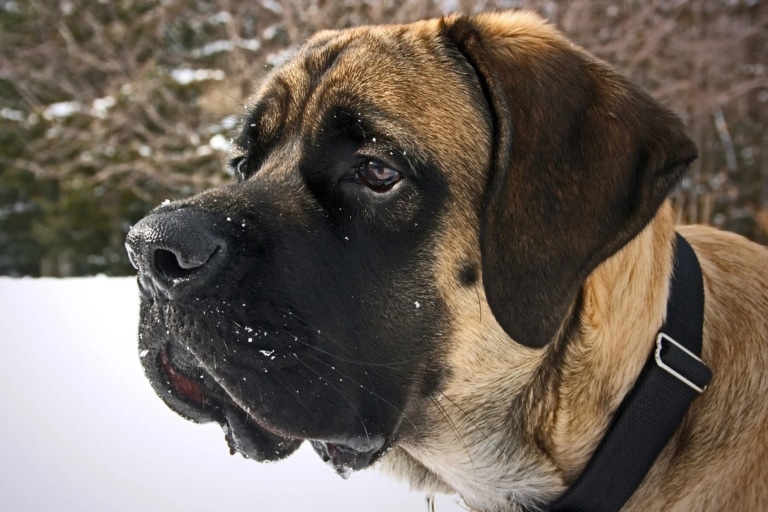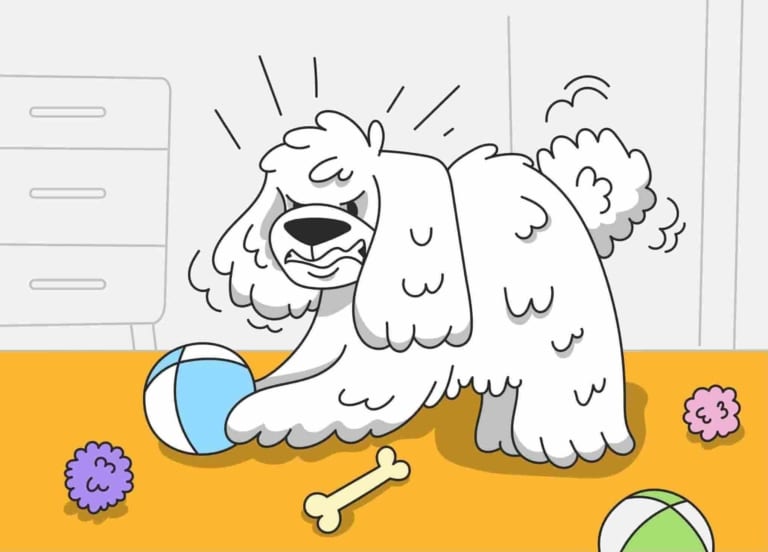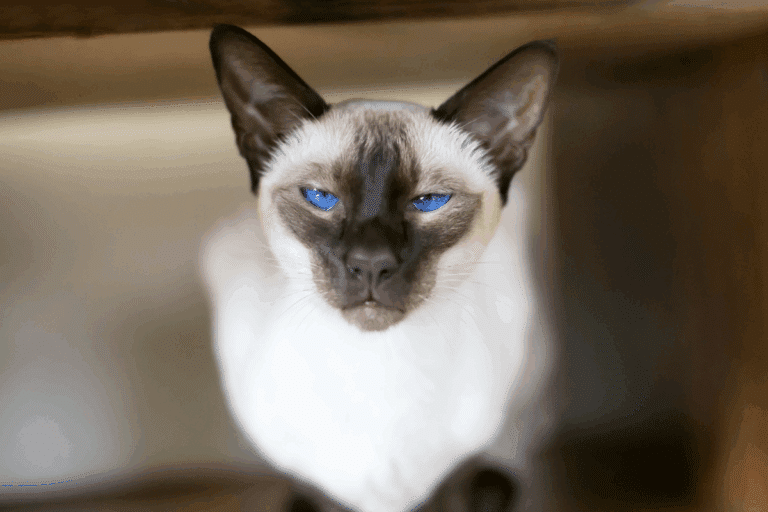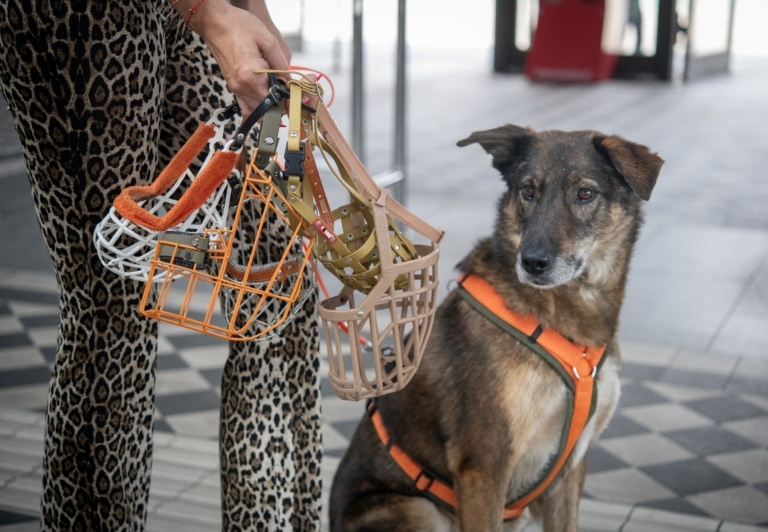How haircutting becomes an educational process
Grooming is a powerful pedagogical tool. Through touch, routine, and human interaction, an animal learns to understand the world, itself, the limits of what is allowed, and even to trust. And if we look at grooming from the point of view of pedagogy, we will see: it is not just a hygienic procedure, it is a form of education. Just as children form associations with a daycare center or a doctor, puppies form associations with a groomer. And that first experience can be either a point of growth or a source of fear for years to come.
The groomer becomes the educator. That’s why it’s important to realize that every touch, every sound of the machine or the smell of shampoo can be remembered as something good or something dangerous. This means that competent grooming is also a pedagogical practice.
How to teach your puppy not to be afraid of the bath
Fear of water is one of the most common problems faced by owners and groomers. But more often than not, it’s not the water itself, but the first stressful experience. It is not the bathtub that can frighten a puppy, but a sudden dousing, a cold shower, a slippery surface or a sharp grip. Therefore, the task of the groomer and owner is to form a positive sensory experience that will not be perceived as “violence” but as play, care and a pleasant routine.
The first contact with the bathroom should be without soap, without noise and without hurry. Let the dog just come in, sniff, stand on the bottom of the tub. You can use a mat to keep his paws from slipping, and give a treat for each calm step. Then add water, but not immediately on the body – first just the sound, then warm water on the paws. The owner’s voice should be calm and encouraging, not stern.
This approach works like in pedagogy for children: first – adaptation to the environment, then – a gentle introduction to the new activity, and only after that – a full-fledged procedure. If the dog feels that he is safe, there will be nothing to be afraid of. Water will not be a source of anxiety, but part of a familiar and understandable routine.
Why first visits to the groomer are most important
The first grooming experience is like the first impression of a school: all future attitudes depend on it. If it is traumatic – fear, aggression or flight at the word “bathing” will remain for years. If the groomer is able to inspire trust – then each subsequent visit will be easier and grooming will become an integral part of normal life.
At this point, the groomer is not only a master, but also an educator – a teacher of trust. That’s why the first visits should not be rushed or “do it all at once”. Sometimes it’s enough for the puppy to simply get used to the table, the noise of the machine, the touch of paws or the splash of water. The first meeting is a lesson in getting to know a new world.
A good groomer doesn’t seek to complete the procedure, he or she seeks to lay the foundation – and does so through tact, empathy and gradualness. And also through cooperation with the owner, because it is the owner who must maintain these skills at home: washing paws, touching ears, brushing and playing “grooming”.
This is how a dog is formed that is not afraid, but understands. And that’s exactly the essence of pedagogy in grooming.
How to communicate properly with the owners
It is not only the dog that learns in grooming – it is often the person who learns as well. And the groomer should be able to act as a patient teacher for the owner. After all, it is on how the owner behaves that much of the success of future procedures depends. If a person is nervous, quarrels with the animal or transmits anxiety – the dog instantly reads it. And if paws have never been touched or ears cleaned at home – the groomer won’t have a magic wand to fix years of neglect in an hour.
That’s why it’s important to educate the owner on the basics: how to touch the dog, how not to yell during grooming, why you shouldn’t laugh when the animal bites out of fear, and how to create a familiar, calm routine at home. Communication with the owner is not about “complaining”, but about providing knowledge, explaining the logic of actions, supporting and guiding. And here the groomer acts not as a judge, but as a partner in the education of the dog.
Often after a competently constructed dialogue, the owner begins to look at the behavior of the animal in a completely different way. He begins to understand the causes, not just the consequences. And when there is cooperation between the groomer and the owner – there is real progress. Because a good groomer starts not with scissors, but with words. He fosters a culture of grooming.
Behavioral reinforcement through the grooming routine
One of the most powerful learning tools in pedagogy is repetition through routine. The same is true for dogs: it is through repetitive, predictable actions that they learn, adapt, and calm down. If grooming happens regularly, at the same pace, with the same movements, voices, sequences – the dog begins to understand the script. And if she understands – she is not afraid.
Confidence in the groomer’s actions, a calm environment, stable rhetoric (“keep your paw”, “good, well done”, “just a little more”) form positive associations in the animal. Over time – even the expectation of pleasure: like a treat after a procedure or praise.
Routine turns chaos into understandable language. Here again, the groomer is an educator. He silently shapes behavior, consistently builds trust, teaches calmness. And in dogs, this works much more effectively than punishments or prohibitions.
Experience as learning: the dog remembers everything
Dogs have an amazing memory for emotional experiences. What they have experienced is stored in the form of reactions to odors, places, objects, people. If the first visit was traumatic – even a year later, the animal may tense up only when entering the grooming salon. And vice versa: if the experience was warm, calm, predictable – the dog will have an expectation of a familiar safe space.
This is the principle of associative learning, which is well known in zoopsychology. A groomer who recognizes this will never disregard the little things: a sudden movement, a loud sound, an odor that triggers anxiety. He will not say “it’s okay, he’ll get over it” because he realizes – the dog will remember. And memory is the basis for future behavior.
Therefore, every contact, every wash, even the pause between procedures – this is a moment of learning. And the better it is organized, the easier it will be for the dog next time.
Conclusion
Grooming is a pedagogical process where the animal learns to interact with the world, and people learn to understand their pets. It is a space where character, trust, and bonding are built through routine, calmness, and the right attitude.
And the groomer is a teacher, mentor, and partner who works with behavior, fears, habits, and memory. He doesn’t just help the dog to be beautiful, he teaches him to be calm, open, confident.

